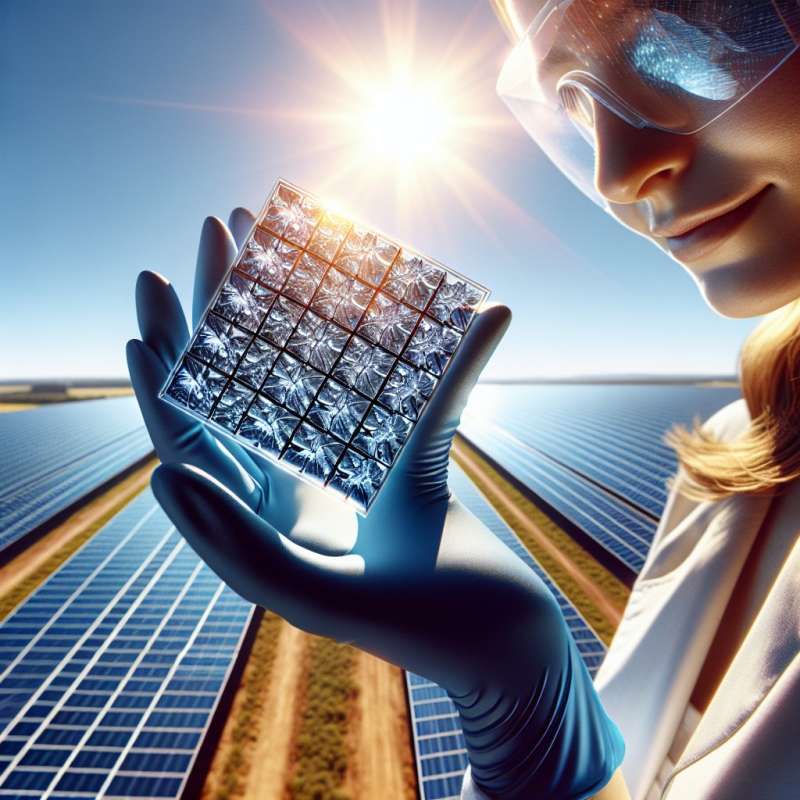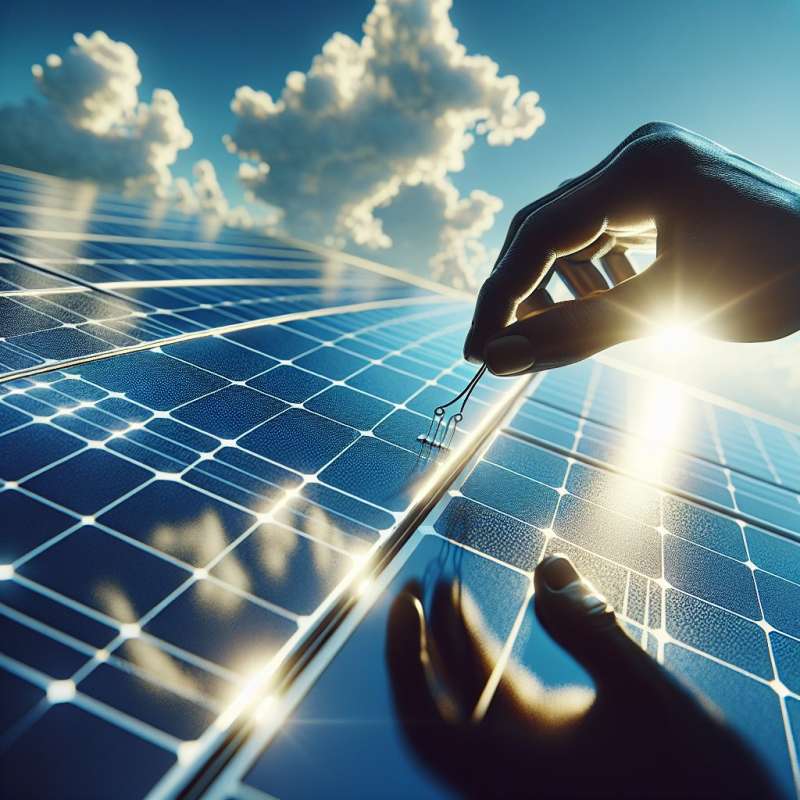
Photovoltaic Cell Introduction
A photovoltaic cell converts sunlight into electricity. Made from semiconductors, often silicon, these cells form the basic unit of solar panels.
Sunlight to Electricity Mechanism
When photons hit a photovoltaic cell, they knock electrons free from atoms. Conductors attached to the positive and negative sides create an electrical circuit.
The Role of Semiconductors
Semiconductors like silicon are key. Doped with impurities, they create a p-n junction, crucial for separating electric charges and generating current.
Efficiency and Limitations
Most cells convert 15-20% of sunlight to electricity. Factors like temperature, angle of light, and spectral range affect efficiency.
Advanced Photovoltaic Technologies
Bifacial cells capture sunlight from both sides, increasing efficiency. Perovskite cells, an emerging technology, promise higher efficiency at lower costs.Space Solar Power
NASA has experimented with photovoltaic cells to beam solar power from space to Earth, potentially providing continuous solar energy.
What initiates electricity in photovoltaic cells?
Electrons hitting atoms
Photons hitting electrons
Photons hitting cells
Company